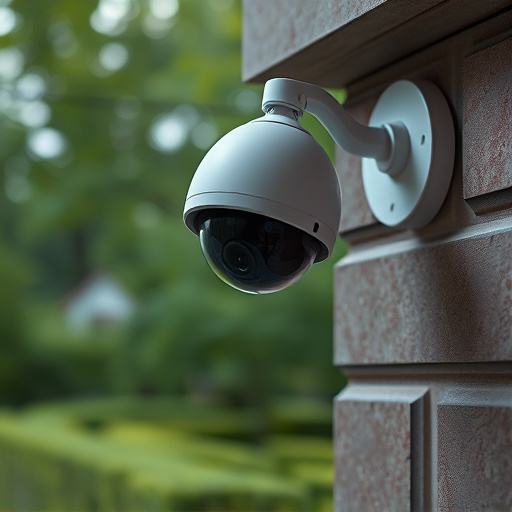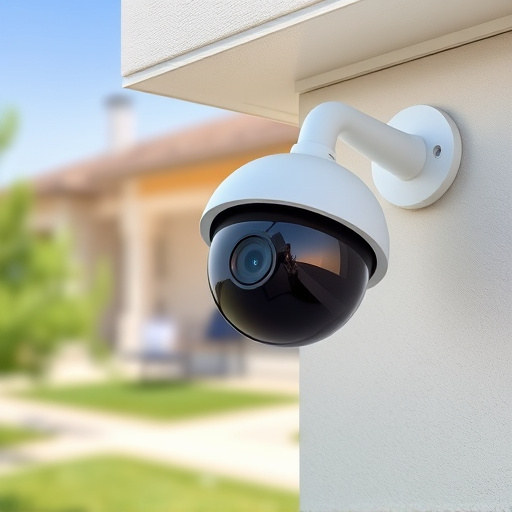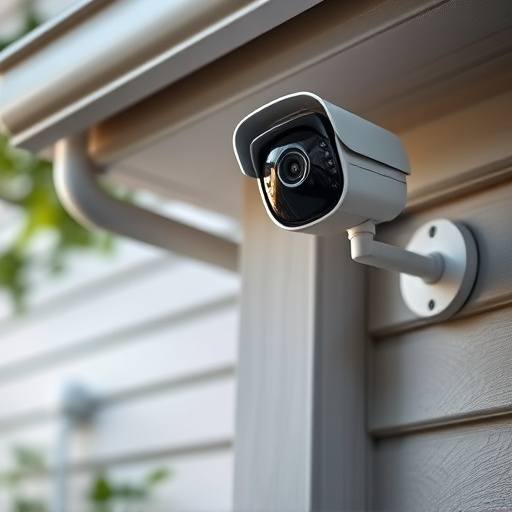Developing an effective home security strategy requires understanding your property's vulnerabilities and family's lifestyle. By assessing factors like large windows, remote access points, and daily routines, you can tailor modern solutions including smart locks, motion sensors, CCTV cameras, and alarm systems. The installation process involves identifying entry points, strategically placing sensors and cameras, hardwiring for reliable power, enabling remote monitoring via smartphone apps, and regular testing, updates, and battery replacements to maintain optimal home security.
Protecting your home and loved ones is paramount. Investing in a comprehensive home security system offers peace of mind and enhanced safety. This article guides you through essential steps, from understanding your home security needs to navigating the installation process for optimal protection. Discover tips and best practices to ensure your property is secure against potential threats. By implementing these measures, you’ll create a fortified sanctuary for your family.
Understanding Your Home Security Needs

Understanding your home security needs is the first step in creating a robust safety system. Every family has unique requirements, from basic entry point monitoring to advanced surveillance and emergency response systems. Assess your home’s vulnerabilities, such as large windows, open spaces, or remote access points. Consider your lifestyle, including work hours, daily routines, and any specific concerns like elderly relatives or pets at home alone.
Identifying potential risks allows you to tailor your security system accordingly. Modern home security solutions offer a range of options, from smart door locks and motion sensors to CCTV cameras and alarm systems interconnected via a central control panel. By understanding your needs, you can select the most effective and efficient security measures to protect your family and assets.
The Installation Process and Tips for Optimal Protection

The installation process of a home security system involves several key steps to ensure optimal protection. It begins with assessing your property and identifying potential entry points, such as doors, windows, and vulnerabilities like open spaces or weak locks. Technicians then strategically place sensors, cameras, and alarms according to these findings. This may include interior and exterior door/window sensors, motion detectors, glass-break sensors, and high-quality security cameras with clear sightlines of critical areas.
For optimal protection, consider a comprehensive approach that combines multiple layers of security. Hardwire your system for enhanced reliability, ensuring continuous power supply and backup connectivity. Enable remote monitoring and control through smartphone apps for peace of mind from anywhere. Regularly test and maintain your system, updating firmware and replacing batteries as needed. By following these tips during installation, you can fortify your home’s defenses, providing a safe haven for your loved ones and valuable possessions in the face of potential threats.
Protecting your home and loved ones is a top priority, and investing in a comprehensive security system is a wise decision. By understanding your specific needs and choosing the right setup, you can create an impenetrable fortress for your family. The installation process, while potentially complex, can be seamlessly navigated with proper guidance. Remember, a well-installed home security system offers peace of mind, ensuring your home remains safe and secure against potential threats.
